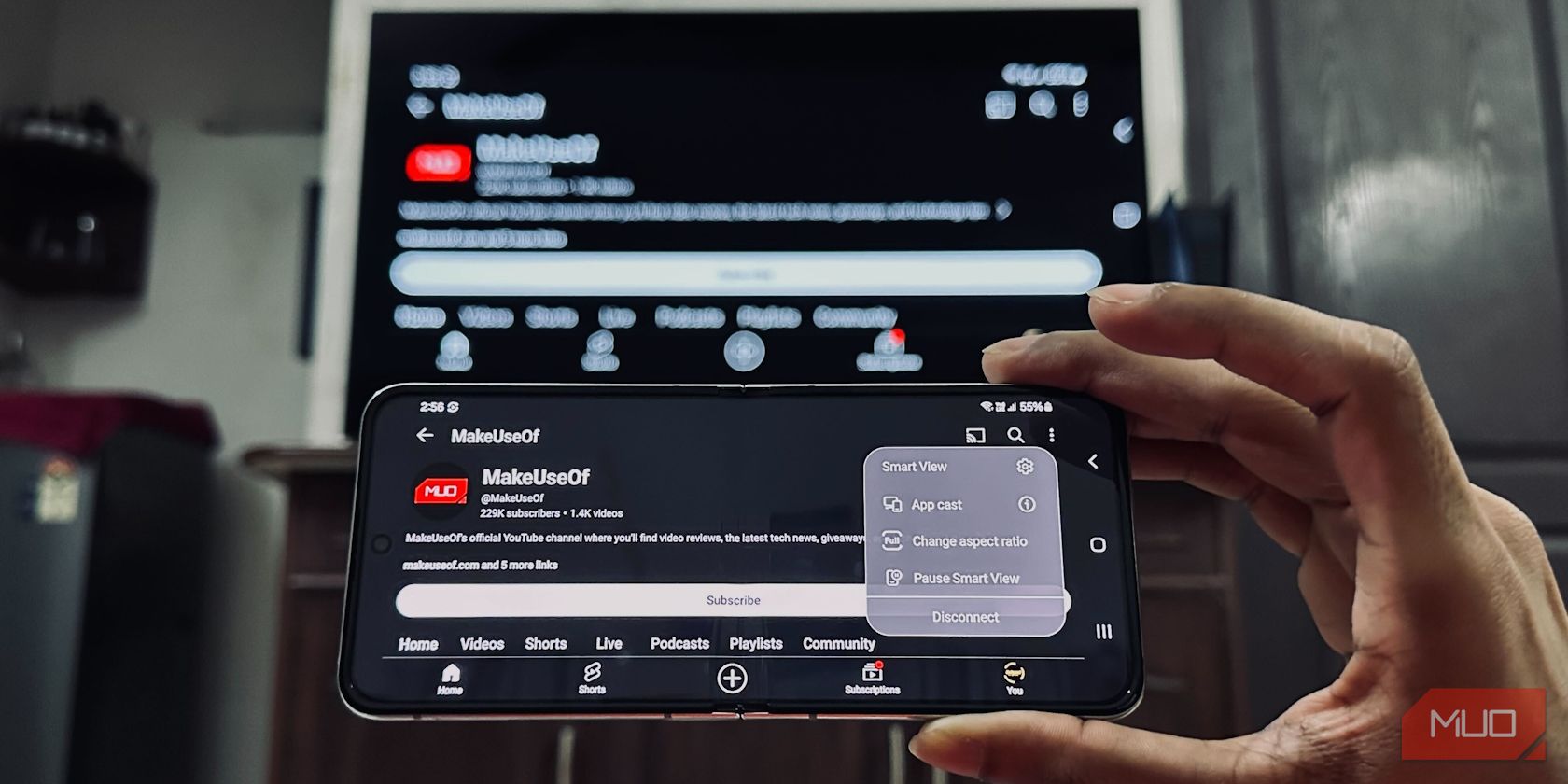preheating play in reflow soldering for Fast turn pcb assembly
Preheating is a crucial step in the reflow soldering process for fast-turn PCB assembly, playing a significant role in ensuring the quality, reliability, and efficiency of the soldering process. Reflow soldering is a widely used technique for attaching surface-mount components to PCBs, wherein solder paste is applied to component pads, and the entire assembly is subjected to controlled heating to melt the solder and form reliable electrical connections. Preheating, as the name suggests, involves gradually heating the PCB assembly before the reflow process begins, and it serves several important purposes.
One of the primary functions of preheating is to minimize thermal shock to the components and PCB during the reflow soldering process. Rapidly exposing a cold fast turn pcb assembly to high temperatures during reflow can cause thermal stress, leading to issues such as component damage, delamination of PCB layers, and solder joint defects. By preheating the assembly, the temperature of the PCB and components is gradually raised to a level close to the reflow temperature, reducing the risk of thermal shock and ensuring more uniform heating during the soldering process.
Moreover, preheating helps to activate the flux in the solder paste, promoting proper wetting and bonding of the solder to the component pads and PCB surfaces. Flux is a crucial component of solder paste, facilitating the removal of oxides and contaminants from the soldering surfaces and promoting the formation of strong, reliable solder joints. By preheating the assembly, the flux is activated at an optimal temperature, ensuring that it is fully active and able to perform its cleaning and wetting functions effectively during reflow.

What role does preheating play in reflow soldering for Fast turn pcb assembly?
Additionally, preheating helps to reduce the overall thermal load on the reflow oven and improve process efficiency. By preheating the assembly to a temperature close to the reflow temperature, the reflow oven can operate more efficiently, requiring less time and energy to bring the assembly up to the desired temperature for soldering. This not only reduces cycle times and energy consumption but also allows for higher throughput and faster turnaround times in fast-turn PCB assembly operations.
Furthermore, preheating enables more consistent and reliable soldering results, particularly in assemblies with complex or dense component layouts. Components located in areas with poor thermal conductivity or surrounded by large ground planes can be difficult to heat evenly during reflow, leading to uneven soldering and potential defects. By preheating the assembly, heat is evenly distributed throughout the PCB, ensuring uniform heating of all components and minimizing the risk of solder joint defects such as tombstoning, bridging, or insufficient solder wetting.
Moreover, preheating helps to improve the reflow soldering process’s overall robustness and repeatability. By establishing a consistent starting temperature for the assembly before reflow, variations in ambient conditions, PCB thickness, or component density have less impact on the soldering process. This enhances process control and allows for more predictable and repeatable soldering results, reducing the likelihood of defects and rework and improving overall manufacturing yields.
In conclusion, preheating plays a vital role in reflow soldering for fast-turn PCB assembly, contributing to improved solder joint quality, process efficiency, and reliability. By gradually raising the temperature of the assembly before reflow, preheating minimizes thermal shock to components, activates flux, reduces thermal load on the reflow oven, ensures uniform heating, and enhances process robustness and repeatability. As such, preheating is an essential step in the quest for high-quality, high-speed PCB assembly processes.




